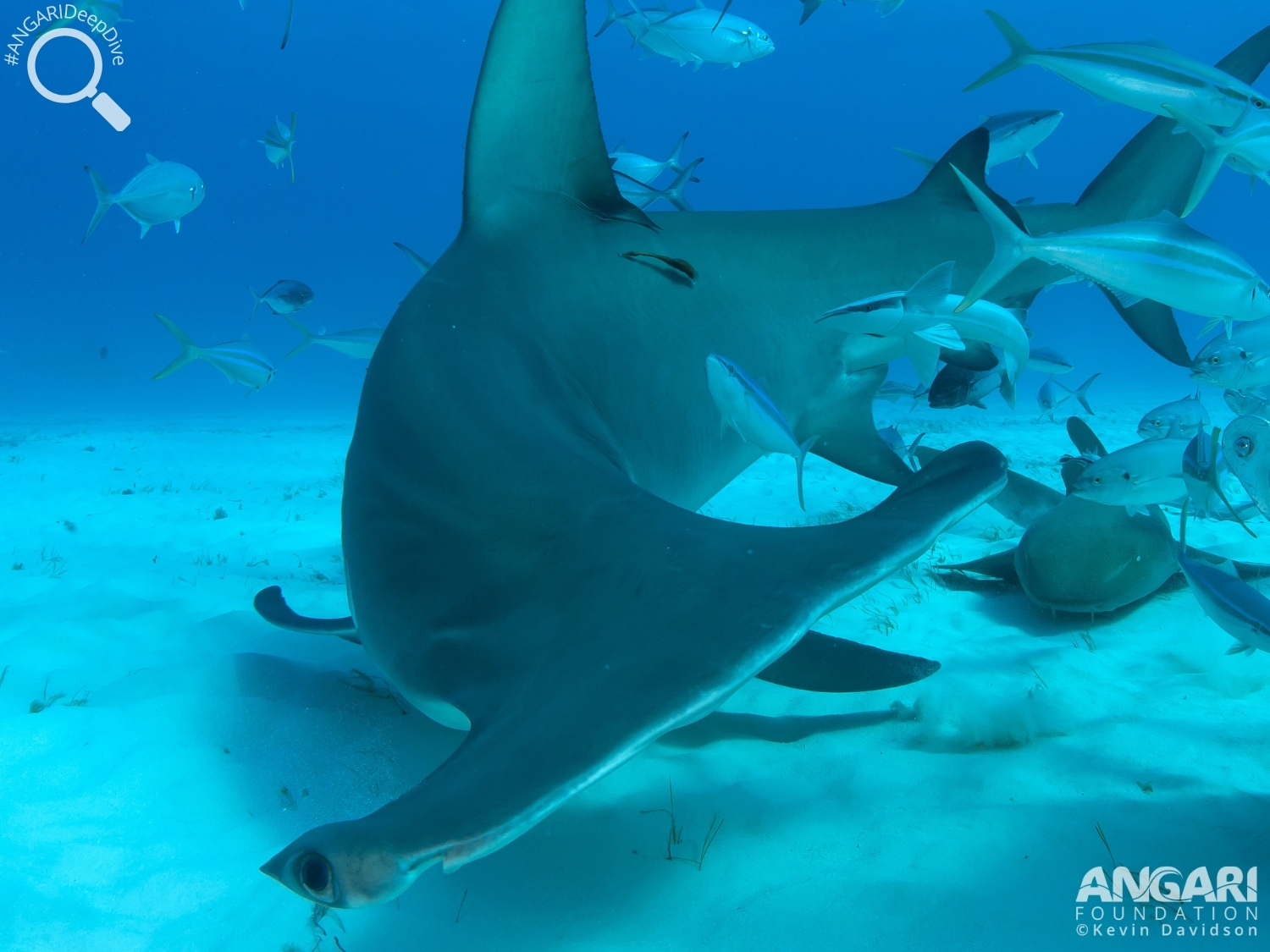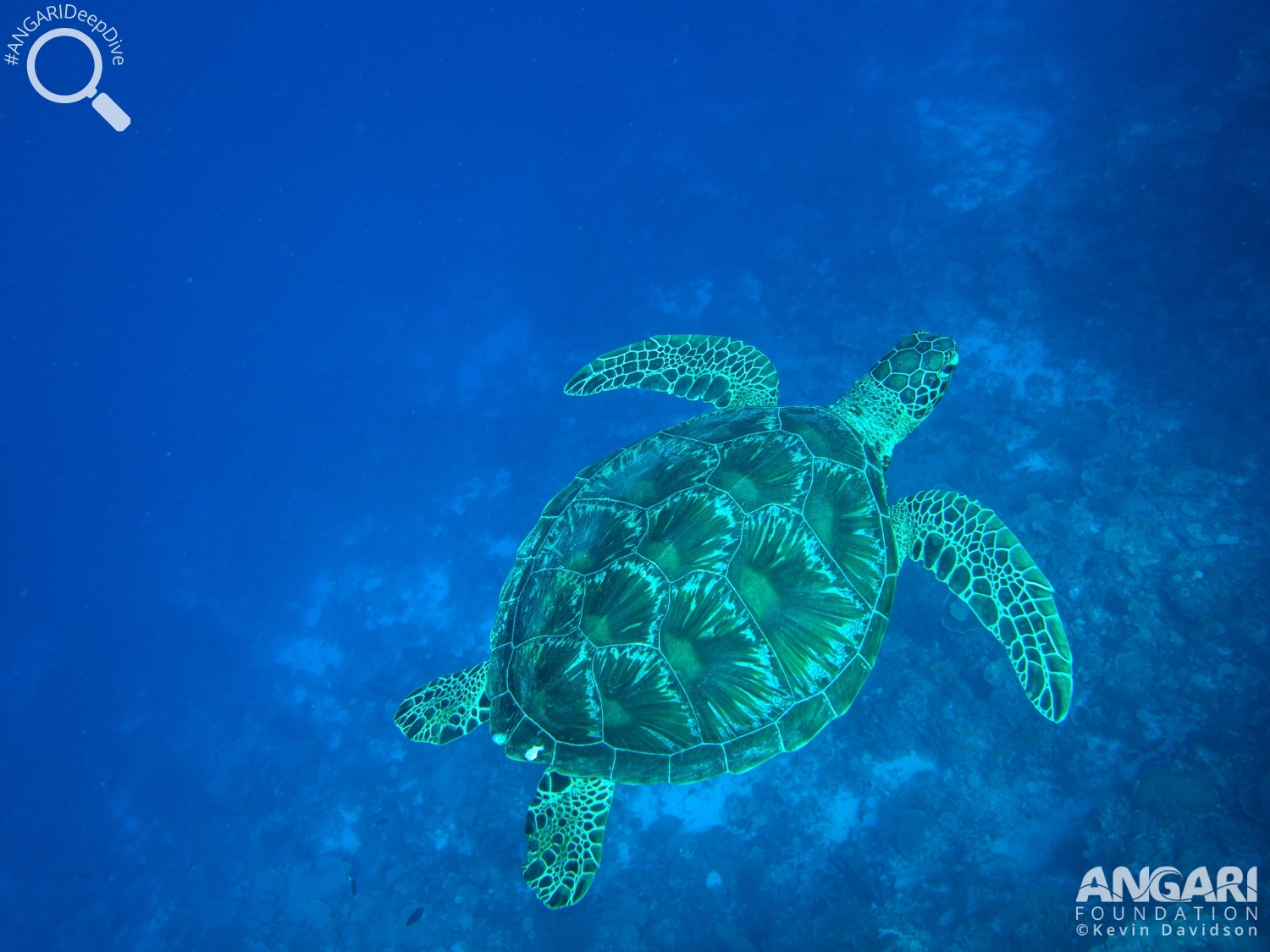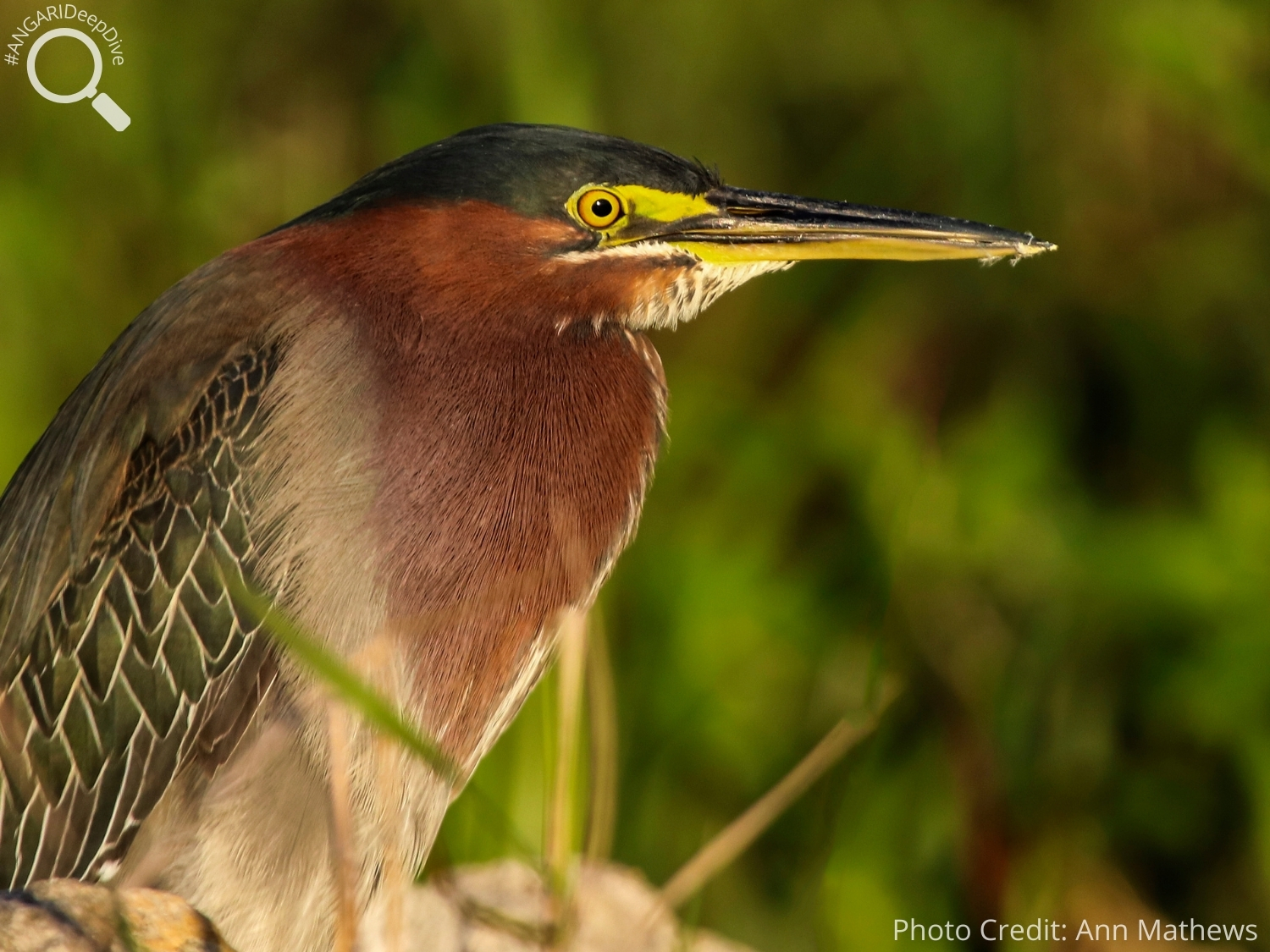The great hammerhead shark (Sphyrna mokarran) is an apex predator within the shark community and…
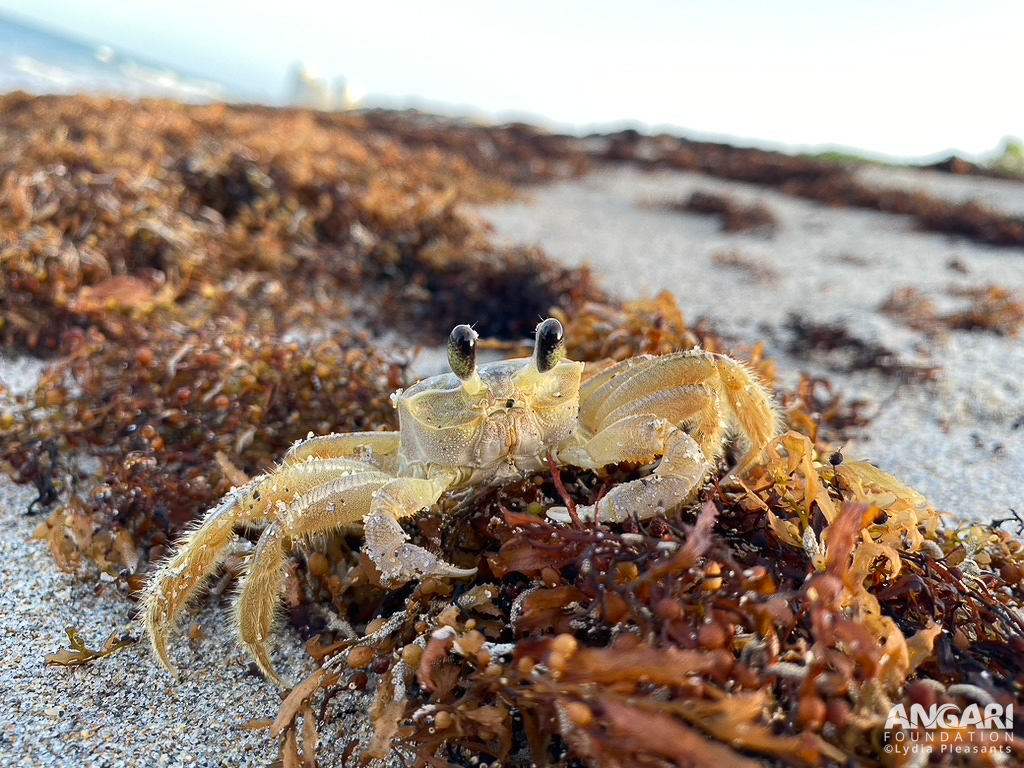
Atlantic Ghost Crab (Ocypode quadrata)
The Atlantic ghost crab (Ocypode quadrata) is a common species that can be found along the Atlantic coastline of the United States.
Here are our favorite fascinating facts about the Atlantic ghost crab.
#1: How are ghost crabs adapted?
One adaptation of this square-bodied crab is its ability to blend in with the color of the sandy intertidal zone in the tropical and subtropical environments in which they live. In addition to camouflage, ghost crabs have jointed legs which allow them to move very quickly – up to 10 mph! This species (Ocypode quadrata) definitely lives up to its name, which means “swift-footed.”

#2: How to identify a ghost crab.
Atlantic ghost crab can easily be identified by their large black eyes, which are supported by two tall stalks and allows them to rotate 360 degrees. This makes spotting prey and predators easy!

#3: The ghost crab faces the risk of drowning.
Atlantic ghost crabs are semi-terrestrial animals and could drown if it stays in water for too long. They only go into the water to lay their eggs and wet their gills when needed. The fine hairs on their legs can help by picking up water from the damp sand to keep their gills moist.
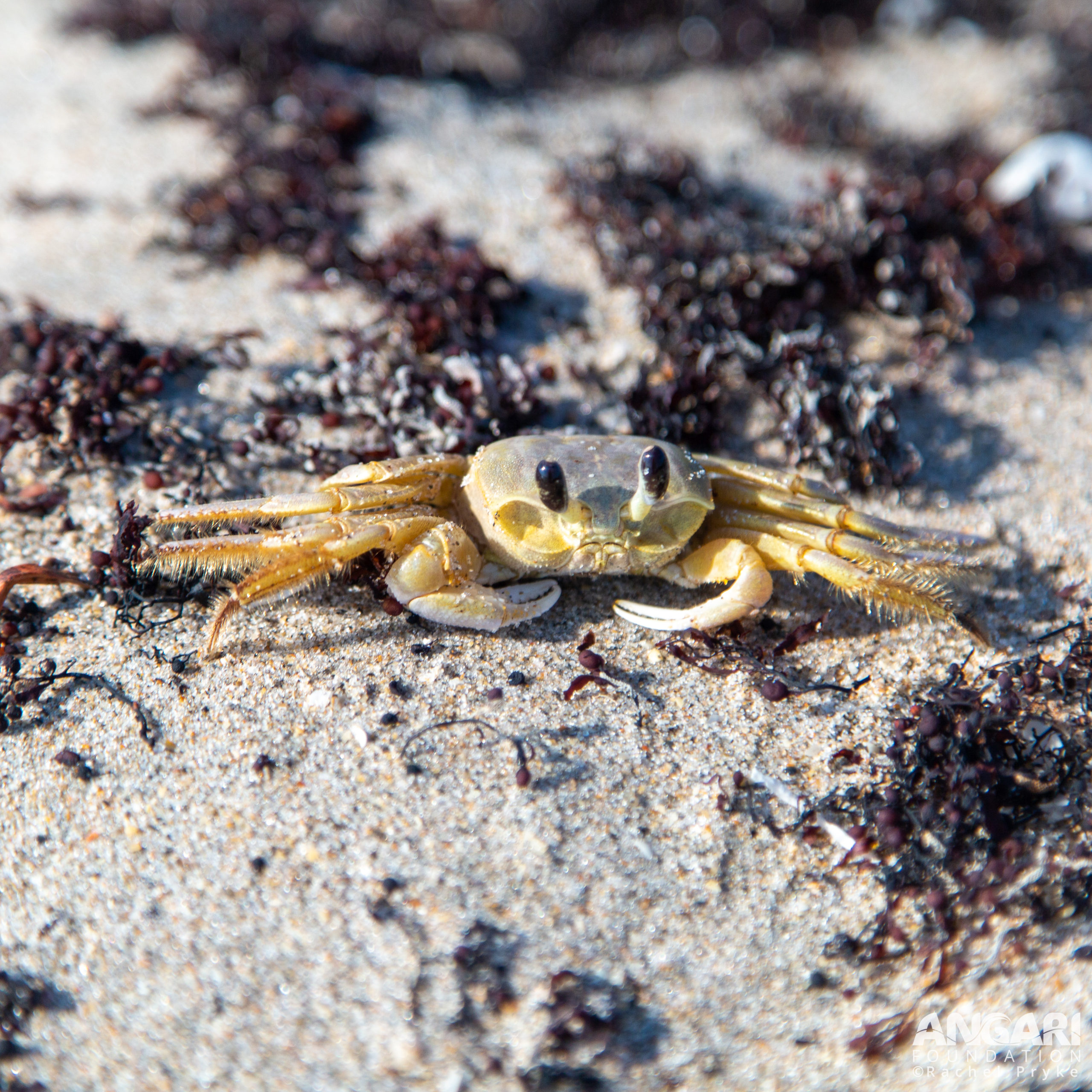
#4: How do ghost crabs communicate?
Communication within the Atlantic ghost crab world is really important, and there are three main ways they make sounds:
🦀 Striking the ground with their claws
🦀 Rubbing their legs together (stridulation)
🦀 Making a ‘bubbling’ noise
Atlantic ghost crabs use these methods of communication to identify themselves, attract a mate, hunt and to locate one another. The males do not use compete physically against each other, but instead ‘fight’ with sound.

#5: Ghost crab claw size equality.
Unlike most other crab species, male and female Atlantic ghost crabs have the same size claws. It is thought that one reason for this is because of the lack of physical fighting between competing male crabs, negating the need for a larger “fighting” claw.

#6: Ghost crabs adapting to life on land.
All crabs and crustaceans have an exoskeleton covering their body that is typically made of a protein called chitin. Most crab species only mate when they have molted these exoskeletons and their shells are soft. However, the Atlantic ghost crab has adapted to life on land by being able to mate when their shells are hard! This means they can mate all year round instead of once a year.
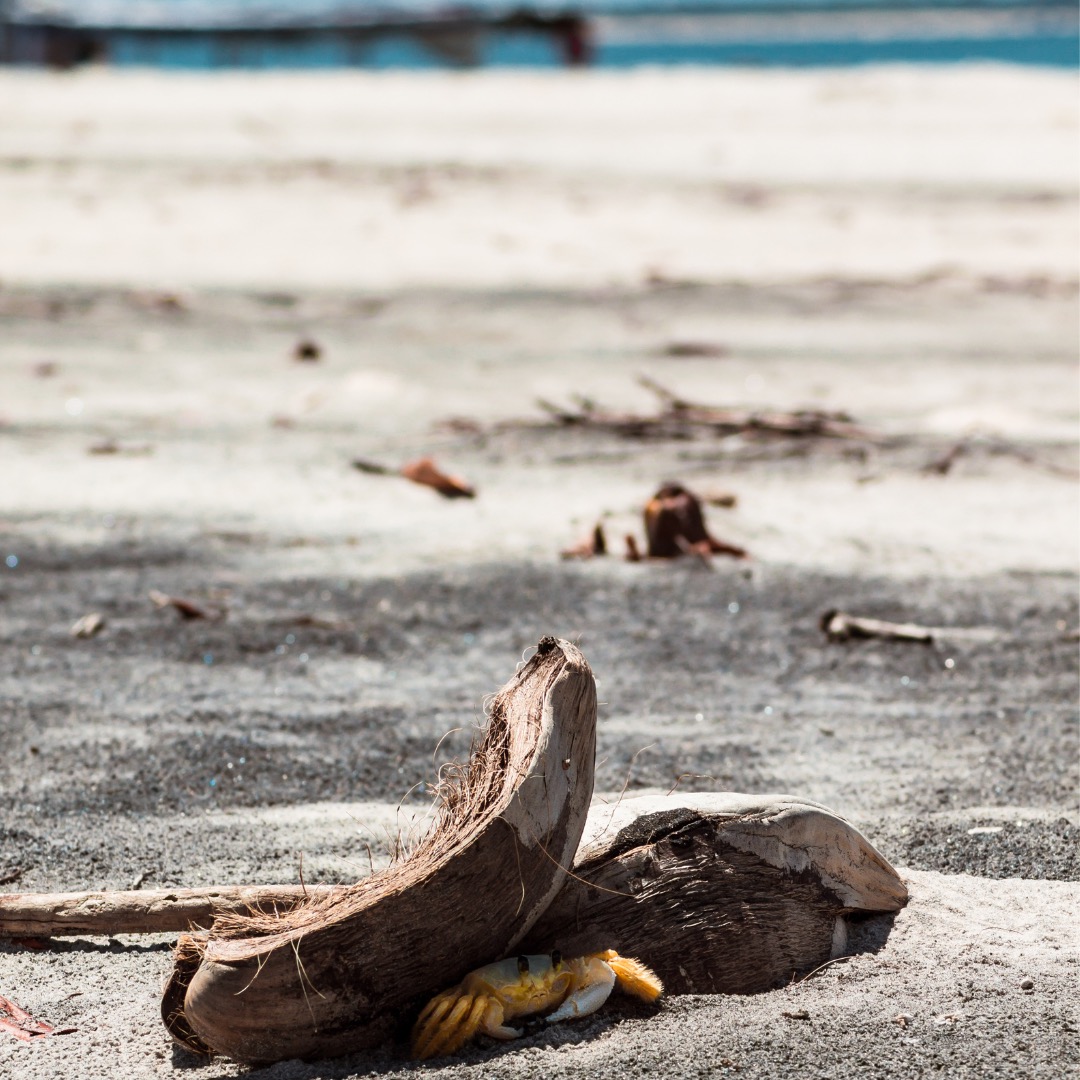
#7: Where do ghost crabs call home?
You may have been walking along the beach and seen holes scattered across the intertidal zone. These could have been the entrances to Atlantic ghost crab tunnels! These tunnels are steep, with some reaching 4ft long, and have a chamber at the bottom and this is where the ghost crab calls home.
Younger crabs tend to be found near the shoreline, whereas adults dig their burrows further up the beach. Most of the daytime is spent in these burrows, out of the sun and hiding from predators, until they emerge at night. Still, it is not uncommon to see a few running across the waves during the day!

#8: Ghost crabs are a nocturnal species.
Atlantic ghost crabs are nocturnal, meaning they are more active at night. This is to avoid being preyed on by shorebirds and raccoons. They themselves are predators of turtle hatchlings, smaller crabs, insects and anything else they can scavenge. It is also a trait of ghost crabs to store spare food in their burrow just in case they want a snack for later.

Although not an endangered species, the abundance of Atlantic ghost crabs has seen a decline in recent years. This is due to human activities1 such as beach development, being crushed by vehicles or being unable to burrow in compacted sand. Let’s just remember we aren’t the only ones that use the beach!
Additional Atlantic Ghost Crab Resources:
1. National Geographic Photo of the Day – A ghost crab faces off with two least terns after getting too close to their nest.
2. Knott, D. 2005. Atlantic Ghost Crab [Online]. Retrieved from https://dc.statelibrary.sc.gov/bitstream/handle/10827/10873/DNR_Species_Atlantic_Ghost_Crab_2005.pdf?sequence=1
Citations:
1 Barboza, C., Mattos, G., Soares-Gomes, A., Zalmon, I., & Costa, L. (2021). Low Densities of the Ghost Crab Ocypode quadrata Related to Large Scale Human Modification of Sandy Shores. Frontiers in Marine Science, 8. https://doi.org/10.3389/fmars.2021.589542

